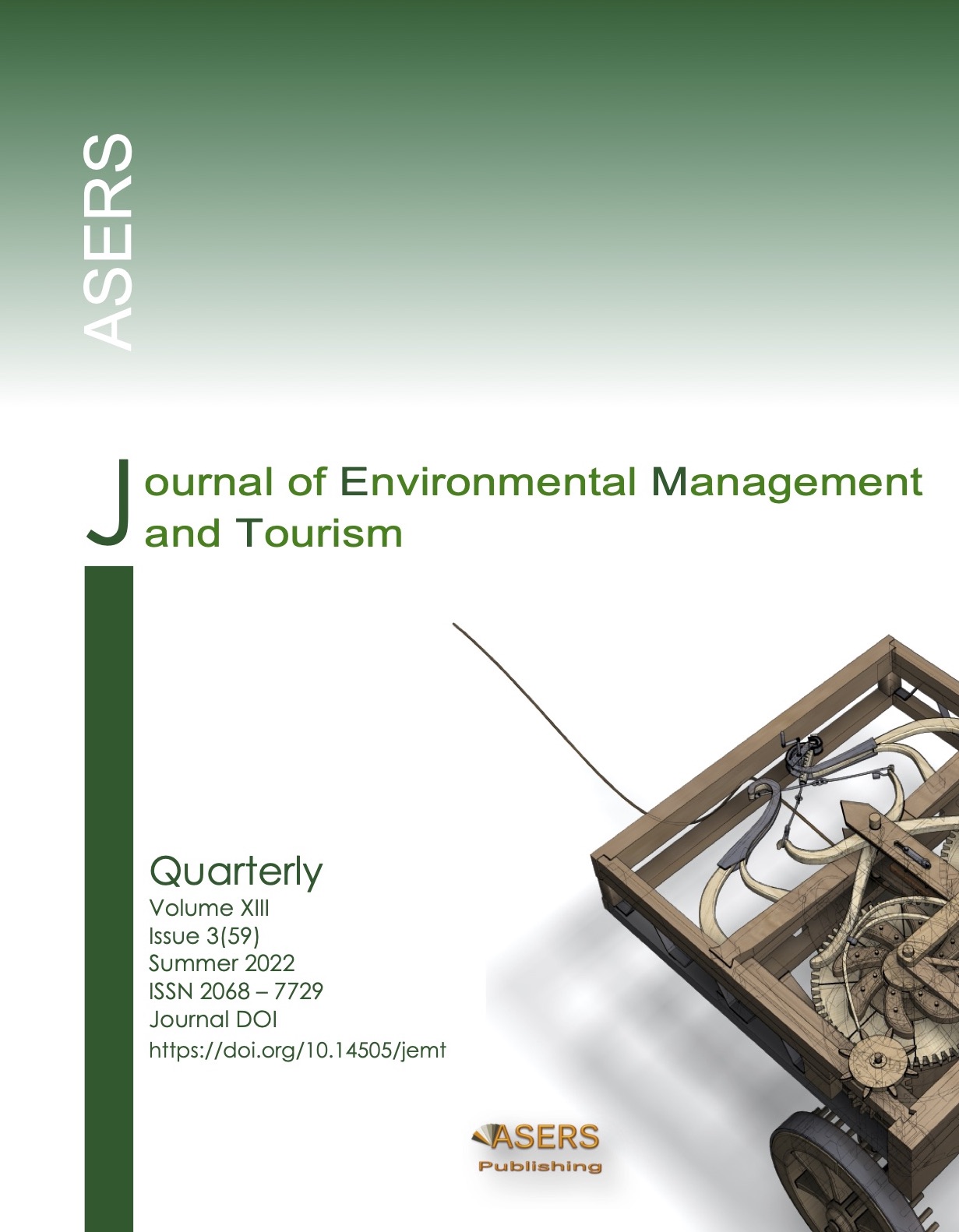Characteristics of Mangrove Fisheries in Essential Ecosystem Area Ujungpangkah, Indonesia
Characteristics of Mangrove Fisheries in Essential Ecosystem Area Ujungpangkah, Indonesia
Author(s): Dhira K. SAPUTRA, Bambang SEMEDI, Ade YAMINDAGO, Citra S.U. Dewi, M.A. ASADI, Andik ISDIANTO, Dian ALIVIYANTI, R. D. KASITOWATI, Arief DARMAWAN, Arief SETYANTO, O.M. LUTHFI, Dwi C. PRATIWI, Sulastri ArsadSubject(s): National Economy, Business Economy / Management, Energy and Environmental Studies, Environmental and Energy policy, Socio-Economic Research
Published by: ASERS Publishing
Keywords: mangrove conservation; sustainable management; coastal resilience; Mangrove Health Index;
Summary/Abstract: Ujungpangkah represents a deltaic region with one of the largest mangrove areas in East Java. This 1,554 Ha of high productivity mangrove area were designated as Essential Ecosystem Area (EEA) in 2020. However, linkage between mangrove conditions and fisheries activities within region have not been well documented. This study combines satellite remote sensing to analyze the temporal extent and distribution of mangrove vegetations, and field observation to identify local mangrove-fisheries characteristic. Area of study consists of mangrove and local fishing groups in Pangkahkulon and Pangkahwetan coastal villages. Both MVI and NDVI algorithms were performed on Landsat 8 and Sentinel-2 satellite imageries, using machine learning Google Earth Engine, to provide spatio-temporal change in mangrove extent during last decade (2011-2021). Field activities carried out in 8 sampling stations to analyze existing mangrove condition using Mangrove Health Index (MHI) tool, while semi-structured interview was conducted with representatives from 14 groups of fishermen from two coastal villages within EEA Ujungpangkah. Data obtained from this study include fish species, fishing gear, fishing ground locations, fisheries productivity, and fishery activities related to the mangrove in EEA Ujungpangkah. Correlation between mangrove conditions and fishery productivity in Ujungpangkah is expected to provide information about the local-based function of the mangrove ecosystem. This information may support stakeholders, particularly area managers, to implement sustainable management based on mangrove ecosystems in accordance with the SDGs -SDG2, SDG 13, and SDG 14.
Journal: Journal of Environmental Management and Tourism (JEMT)
- Issue Year: XIII/2022
- Issue No: 3(59)
- Page Range: 812-820
- Page Count: 9
- Language: English
- Content File-PDF

